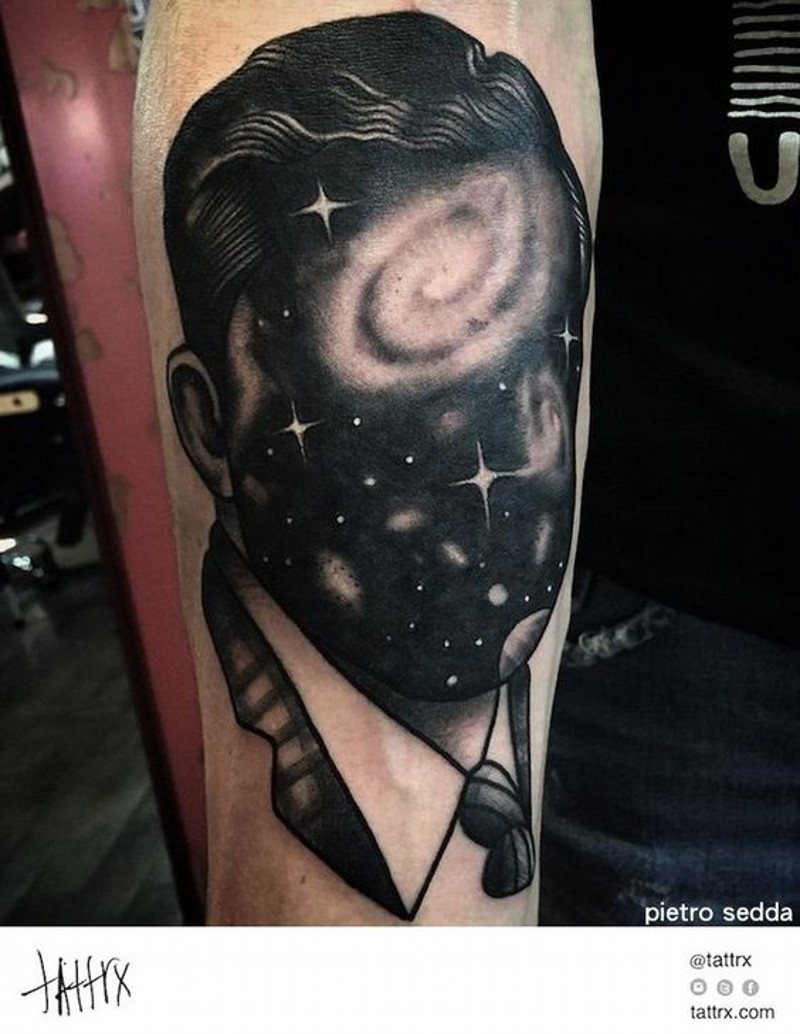


Faceless tattoo free#
The application of the tattoo to foreign volunteers was apparently an issue of contention with some, such as the British Free Corps, not required to have it, while other foreign units did not object. Some non- SS men also had the tattoo: if a member of a branch of the Wehrmacht was treated in an SS hospital, he would often have the tattoo applied.Īlthough the tattoo was widely used in the early war years, over the course of the war it was gradually applied to fewer and fewer soldiers, and towards the end of the war, having the tattoo was more the exception than the rule. Not all Waffen-SS men had the tattoo, particularly those who had transferred from other branches of the military to the Waffen-SS, or those who transferred from the Allgemeine SS, the "General" or non-military SS. The tattoo was generally applied by the unit's Sanitäter (medic) in basic training but could have been applied by anyone assigned to do it at any time during his term of service. The purpose of the tattoo was to identify a soldier's blood type in case a blood transfusion was needed while unconscious, or his Erkennungsmarke (dog tag) or Soldbuch (pay book) were missing. In the early part of the war, tattoos were printed in Fraktur, while later on they were printed in Latin-style. The discovery of the Rh factor had been made in 1937, but was not fully understood during World War II, so was not implemented. The tattoo consisted of the soldier's blood type letter, either A, B, AB or O. It generally measured around 7 millimetres ( 1⁄ 4 in) long and was placed roughly 20 centimetres (8 in) above the elbow. It was a small black ink tattoo located on the underside of the left arm. The SS blood group tattoo was applied, in theory, to all Waffen-SS members, except members of the British Free Corps.


 0 kommentar(er)
0 kommentar(er)
